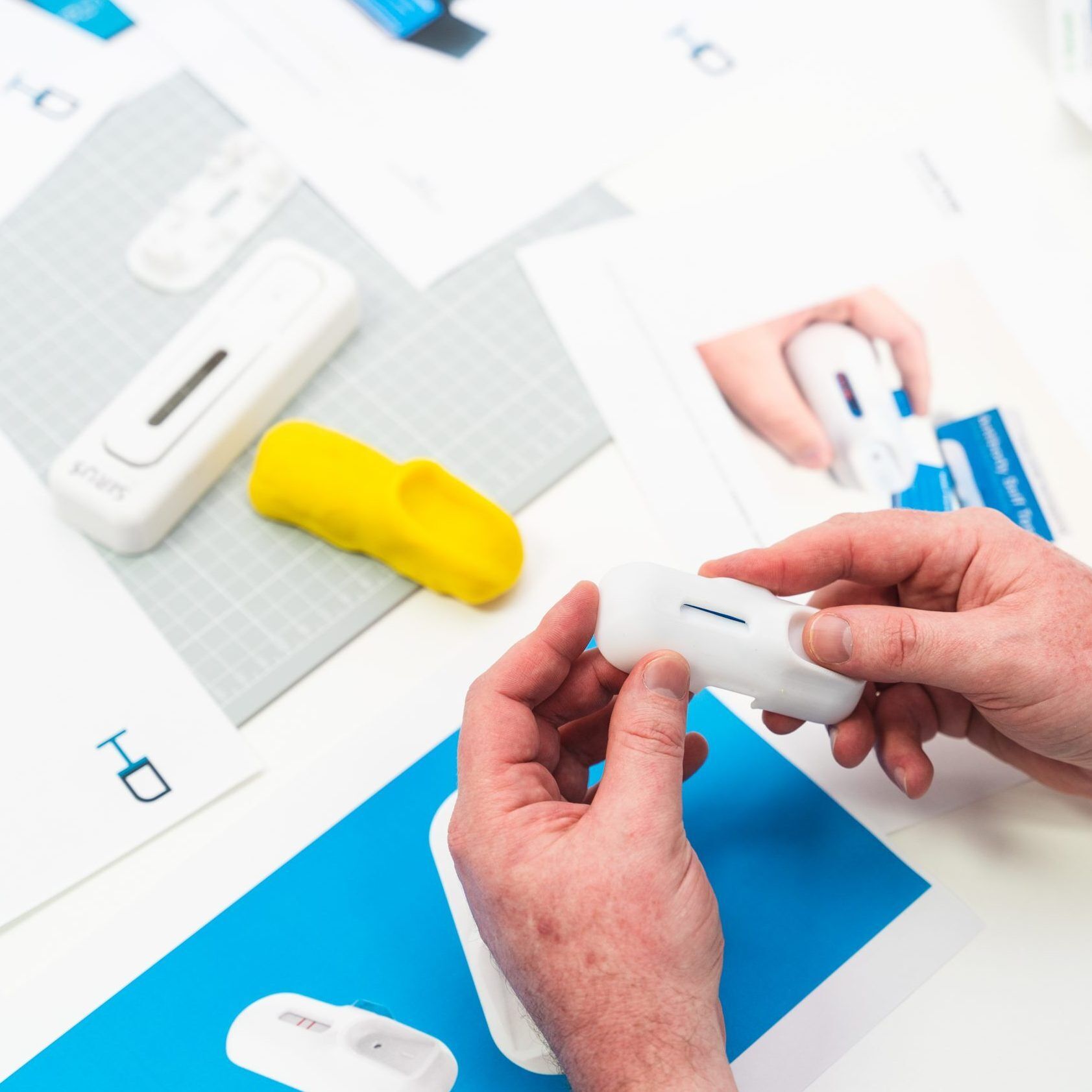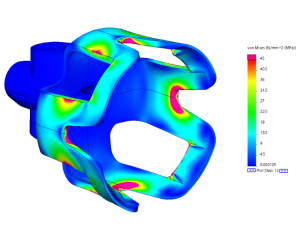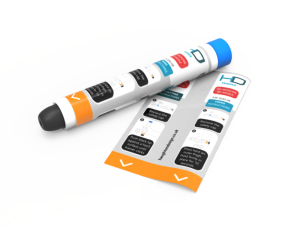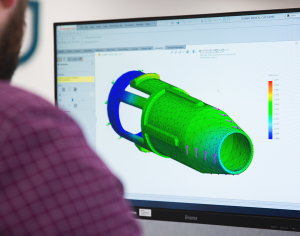Not only do trends change over time but, users do too in terms of their capability and capacity over the period that they’re using a device. These usability considerations must be understood and accounted for in the design and its features. For example, a user may currently have the dexterity to press a button with a particular force but, they may not in 5 years’ time.
In addition, standards and regulations must be taken into consideration. For example, if a device is going to take 5 years to develop, it is possible that standards and legislation may change within this period. While industrial designers should have a solid understanding of how existing standards influence and impact the design of devices, they should also be considerate of how upcoming changes in standards might influence the design. For example, future legislation may require heavier focus on the environmental impact of devices therefore, it would be wise to implement those to avoid future changes.
Do you think there’s a growing importance on ID in the medical sector?
Yes, definitely! Especially with emerging technology, smart devices, wearables etc – there are a number of emerging devices / technologies that are intended to be worn by the user to monitor various vitals and/or deliver therapies. If a user’s going to be wearing something as frequently as daily, there needs to be an appeal to wear it: Should it be discreet? Should it be designed as an accessory? Should it be customisable? Whatever the case, they should be as confident and comfortable as possible both using and wearing the device.
Sometimes there can be some disconnect with the user – it’s important that this research and insight is strong to influence the ID positively. It needs to be translated, communicated, and referred to effectively throughout the design, development, and engineering process.
Unlike many consultancies, at HD, we equally pride our front-end design capabilities with our industrialisation, DFM & DFA expertise. While we offer individual development services such as FEA and Mechanical Design, we also offer full device development from concept through to manufacturing transfer. Get in touch to discuss how we can help with your product or medical device development project.
Find out how HD utilised the discussed ID practices to develop a new design language for Copley Scientific’s pharmaceutical testing range. Ease of use and manufacturing were considered throughout the design, allowing us to deliver high-quality, commercially viable solutions.




















